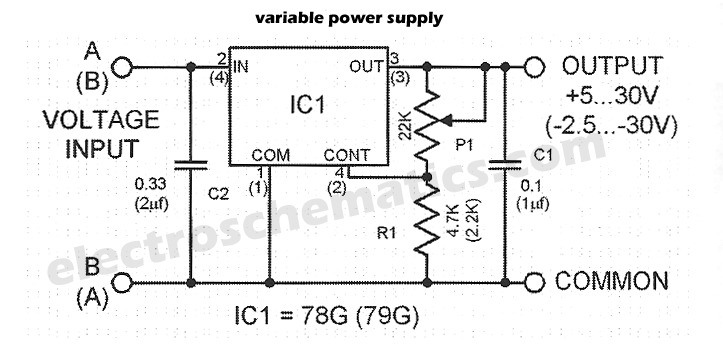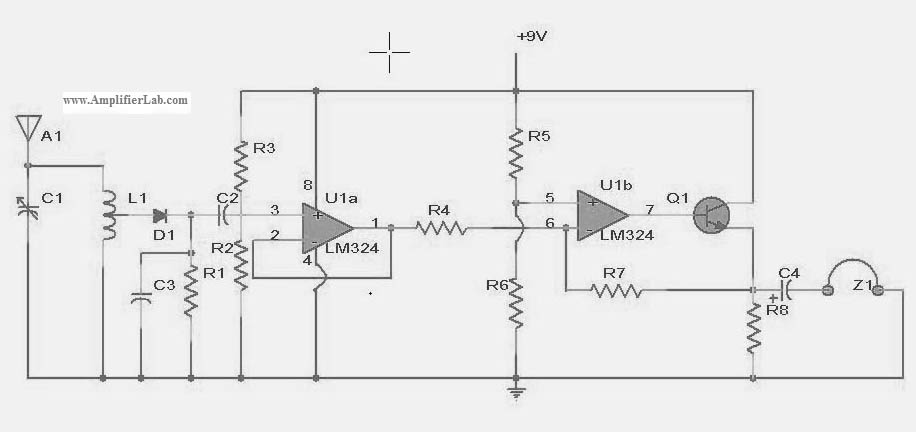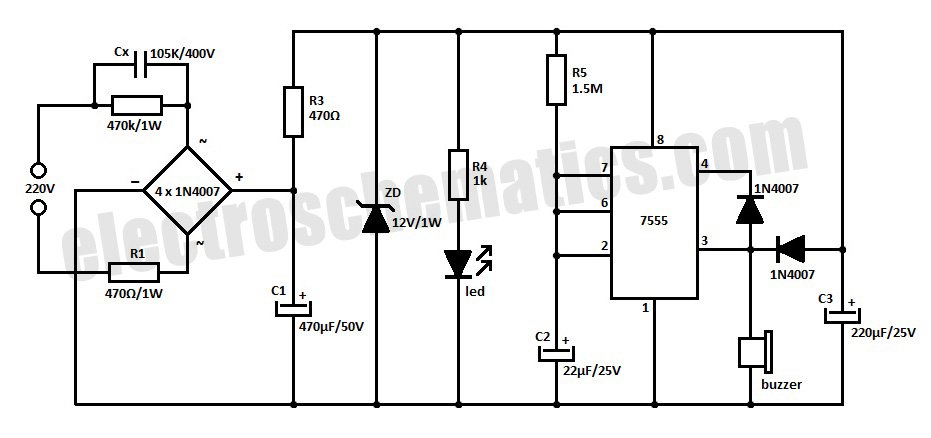
12V Power Supply Circuits

Four simple 12V power supply circuits are designed to provide output voltages close to 12V. The first power supply circuit utilizes a BD139 transistor, a zener diode, and several passive components. Each schematic is straightforward to assemble and will operate reliably if the maximum power supply ratings are adhered to.
The first circuit employs the BD139 transistor as a voltage regulator. It is configured in a common-emitter arrangement, where the zener diode is used to establish a stable reference voltage. The zener diode is connected in reverse bias across the base-emitter junction of the transistor, which ensures that the output voltage remains regulated at approximately 12V. The choice of the zener diode's breakdown voltage is critical, as it determines the output voltage stability.
In addition to the BD139 and zener diode, passive components such as resistors and capacitors are included in the design. The resistors are used to limit the current flowing through the zener diode and to set the base current for the transistor. Capacitors are employed for filtering and stabilizing the output voltage, ensuring minimal ripple and noise in the power supply.
The simplicity of these circuits makes them ideal for various applications, including powering low-current devices or as part of a larger system where a reliable 12V supply is necessary. It is essential to ensure that the components used can handle the required current and voltage ratings to prevent damage and ensure long-term functionality. Proper heat dissipation measures should also be considered for the BD139 transistor, especially under higher load conditions.
Each of the four circuits can be constructed with readily available components, making them accessible for hobbyists and professionals alike. The designs emphasize ease of assembly and reliability, making them suitable for educational purposes or practical applications in electronics.4 simple 12V power supply circuits with output voltages around 12V. First power supply circuit is built with BD139, one zener diode and a few passive components. Each of the schematic is very simple to construct and will function without problems if you respect the maximum power supply ratings. 🔗 External reference
The first circuit employs the BD139 transistor as a voltage regulator. It is configured in a common-emitter arrangement, where the zener diode is used to establish a stable reference voltage. The zener diode is connected in reverse bias across the base-emitter junction of the transistor, which ensures that the output voltage remains regulated at approximately 12V. The choice of the zener diode's breakdown voltage is critical, as it determines the output voltage stability.
In addition to the BD139 and zener diode, passive components such as resistors and capacitors are included in the design. The resistors are used to limit the current flowing through the zener diode and to set the base current for the transistor. Capacitors are employed for filtering and stabilizing the output voltage, ensuring minimal ripple and noise in the power supply.
The simplicity of these circuits makes them ideal for various applications, including powering low-current devices or as part of a larger system where a reliable 12V supply is necessary. It is essential to ensure that the components used can handle the required current and voltage ratings to prevent damage and ensure long-term functionality. Proper heat dissipation measures should also be considered for the BD139 transistor, especially under higher load conditions.
Each of the four circuits can be constructed with readily available components, making them accessible for hobbyists and professionals alike. The designs emphasize ease of assembly and reliability, making them suitable for educational purposes or practical applications in electronics.4 simple 12V power supply circuits with output voltages around 12V. First power supply circuit is built with BD139, one zener diode and a few passive components. Each of the schematic is very simple to construct and will function without problems if you respect the maximum power supply ratings. 🔗 External reference





